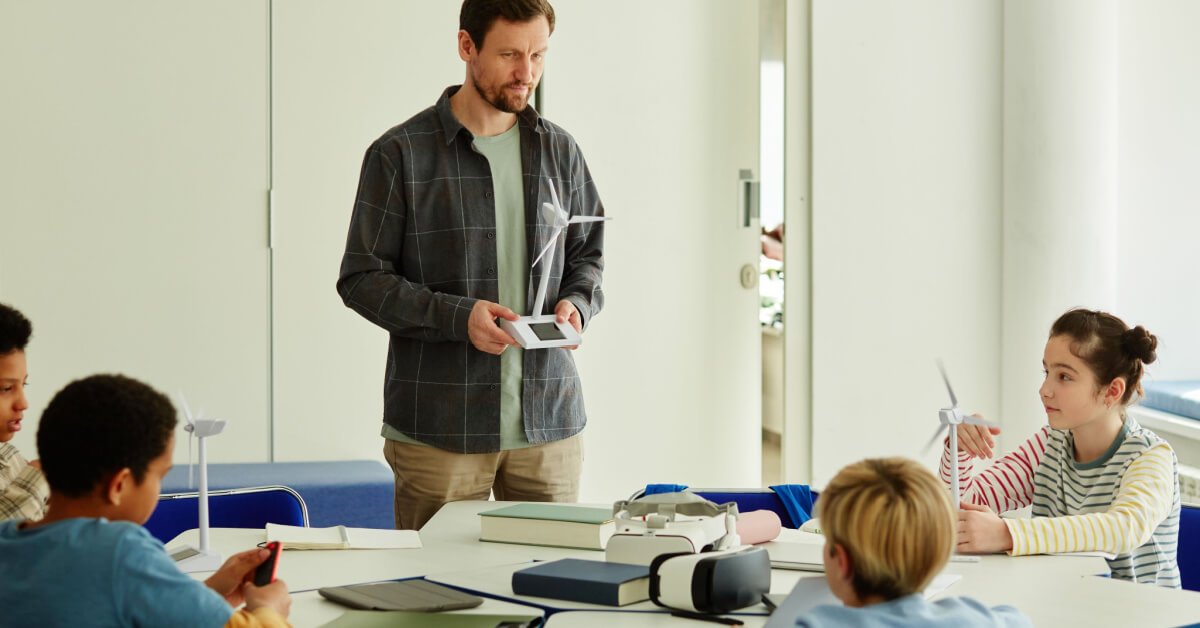November 3, 2022
“I haven’t lectured in my class since 2007.” I said this many times over the years, and now I am back to lecturing — sorta! It all started with a conversation with Dr. Helane Marshall this summer as she shared with me her SOFLA model of online instruction (Synchronized Online Flipped Learning Approach). Her cycle of learning includes eight steps and the one that has got me back to “lecturing” is step 6: Preview and Discovery. In that step, she takes about five minutes during her online classes to give students a preview of the evening’s flipped lesson. I know that some educators don’t like the term “lecture” as it has a connotation of a power relationship between the teacher and the student. Probably a better term is “direct instruction.” But regardless of what it is called, this “preview” time has three purposes:
- To sell students on actually doing the prework. Clearly, one of the drawbacks of the flipped model is that it relies on students doing the pre-work (flipped lesson). And if we give students a short preview of the lesson, Dr. Marshall found that more students will complete the assignment. The…

